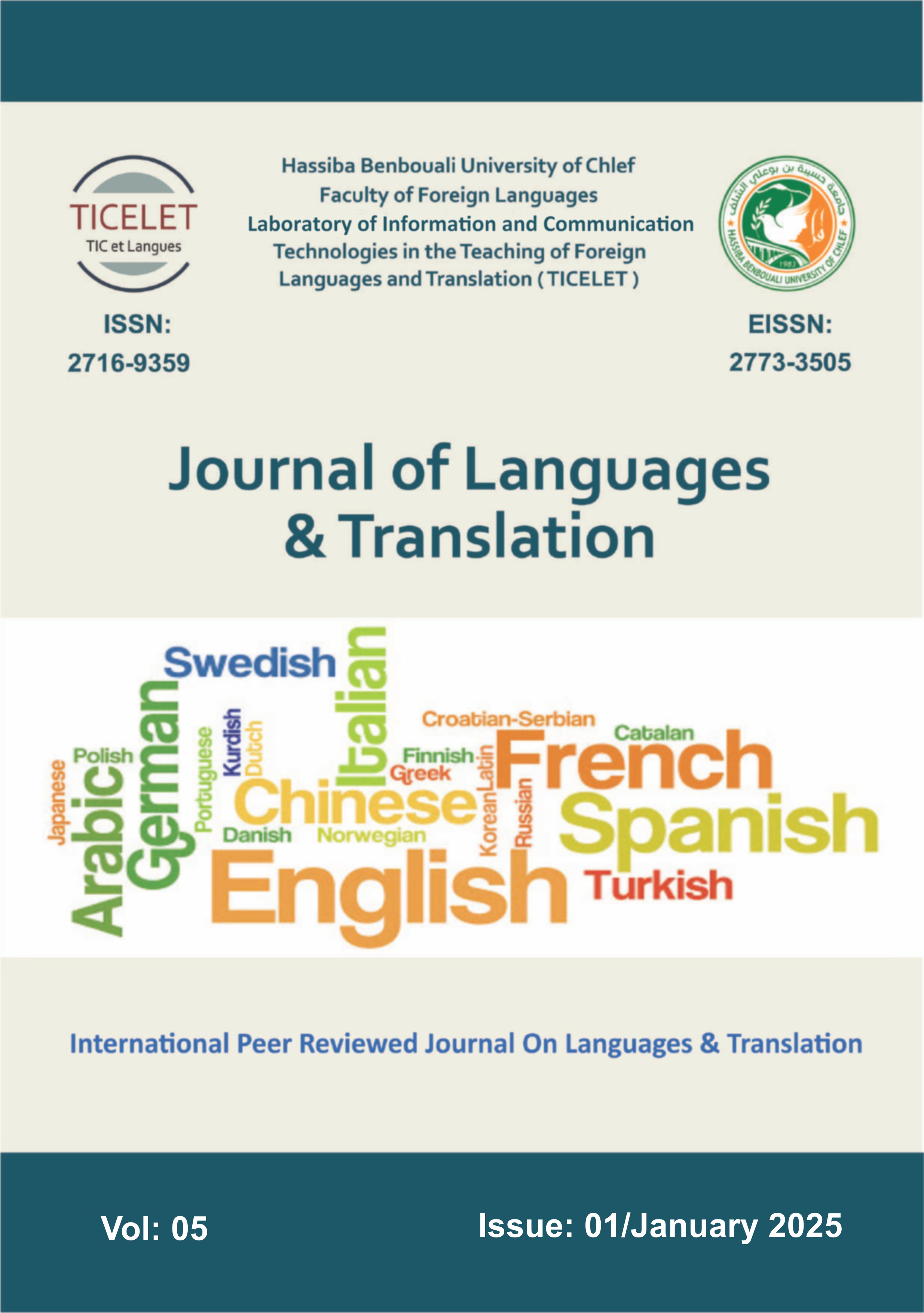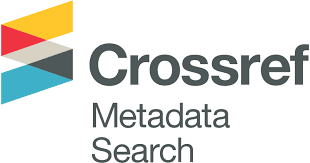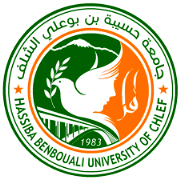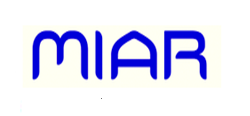Assessing Content and Language Integrated Learning in Algerian Higher Education
DOI:
https://doi.org/10.70204/jlt.v5i1.436Parole chiave:
Content, Language, Integrated, Learning, ESPAbstract
This study explores the effectiveness of Content and Language Integrated Learning (CLIL) in Algerian higher education, aiming to enhance the language and content proficiency of English for specific purposes students. It targets the assessment of both language proficiencies with its constituent levels phonology, morphology, semantics, and syntax. The study focuses in parallel to assess ESP students’ content proficiency considering the Four Cs; Content, Cognition, Communication, and Culture. Using an experimental design with 50 ESP students, the research employed pre-test and post-test assessments alongside structured questionnaires and classroom observations. The findings reveal significant improvements in both language learning and subject-specific knowledge following CLIL implementation. ESP Students demonstrated enhanced critical thinking, problem-solving skills, and effective communication across the Four Cs—content, cognition, communication, and culture. Language proficiency advancements were evident in phonology, morphology, semantics, and syntax, highlighting improved pronunciation, word formation understanding, semantic comprehension, and grammatical accuracy. Despite these gains, challenges surfaced in consistent scaffolding by teachers and students' application of cognitive strategies to avoid direct translation, hindering deeper language processing and complex idea expression. The study recommends ongoing professional development for teachers to refine scaffolding and cognitive strategies, and curriculum enhancements focusing on syntactical complexities and diverse communication tasks tailored to student needs. Addressing these recommendations can optimize CLIL's benefits and provide students with better preparation for global academic and professional demands.













